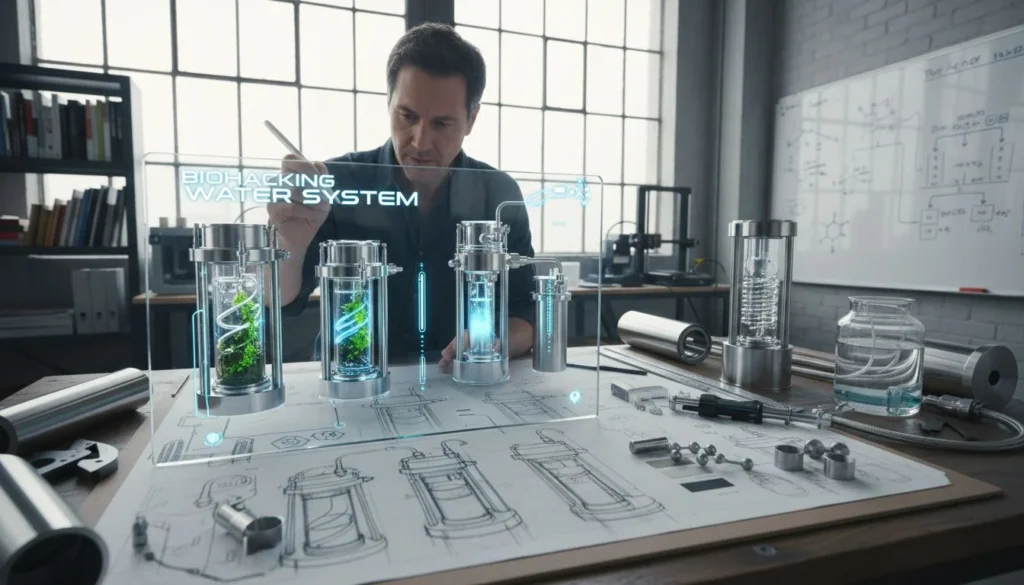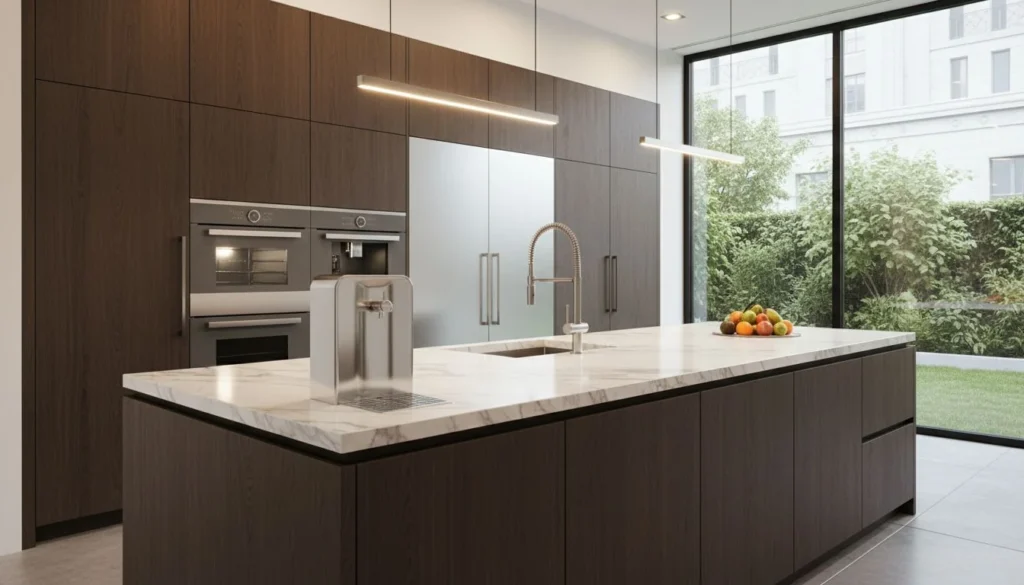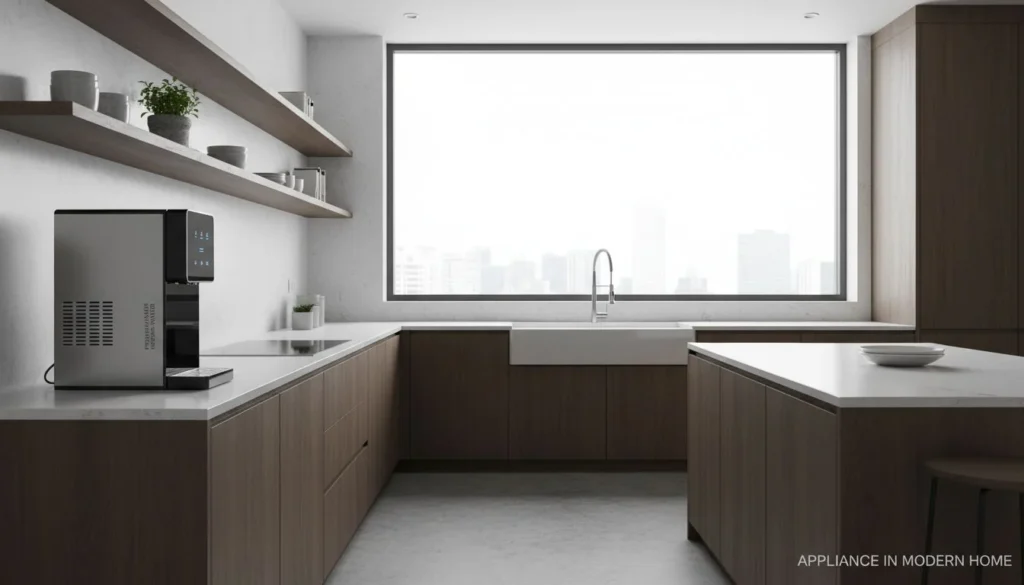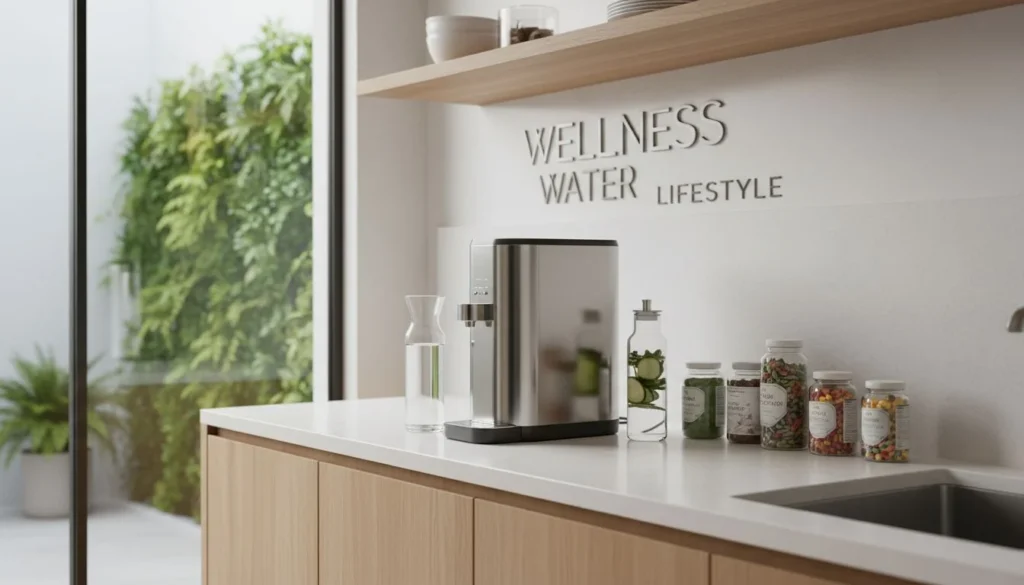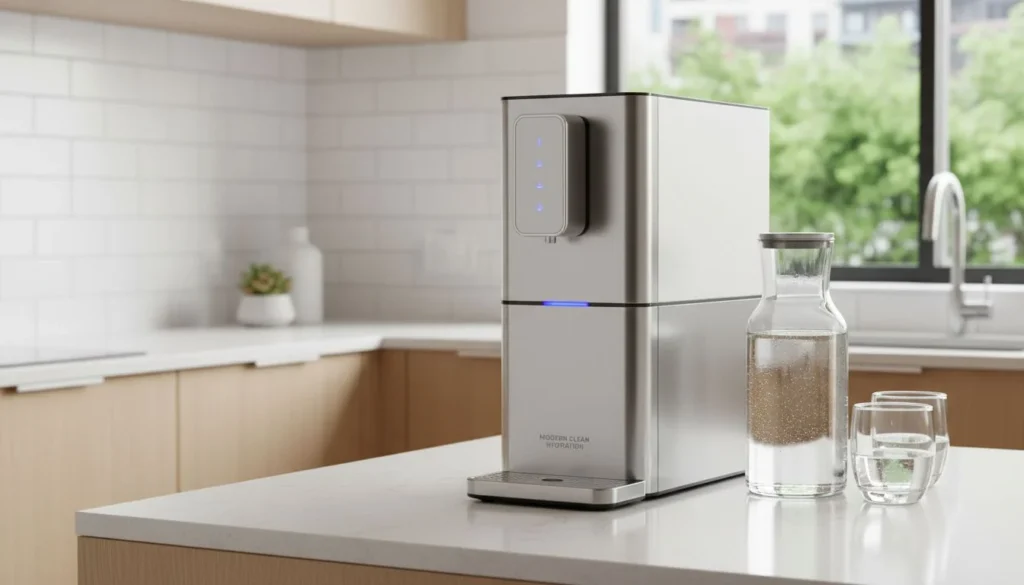
공기청정기를 만들거나 제조해야 하는 기로에 서 있는 자신을 발견한 적이 있나요? OEM/ODM 여정이 얼마나 걸리나요?
그리고 OEM/ODM 공기청정기의 경우 일반적으로 3~6개월이 소요됩니다. 이 기간은 설계의 복잡성, 파트너의 전문성, 효과적인 커뮤니케이션에 따라 달라집니다. 주요 단계에는 디자인, 프로토타이핑, 테스트 및 생산 관리가 포함됩니다.
이 개요는 기본적인 타임라인을 제공하지만, 프로세스를 간소화하고 지연을 방지하려면 각 단계를 자세히 이해하는 것이 중요합니다. 다음 섹션에서 공기청정기의 개발 및 제조 일정을 최적화하는 방법에 대한 자세한 내용을 살펴보세요.
공기청정기의 OEM/ODM 프로세스는 3~6개월이 소요됩니다.True
일정은 디자인 복잡성과 파트너의 전문 지식에 따라 달라집니다.
어떻게 OEM 프로세스는 ODM 프로세스?
탐색하기 OEM 그리고 ODM 특히 공기청정기를 제조할 때는 공정이 복잡할 수 있습니다. 이러한 차이점을 이해하는 것이 성공의 열쇠입니다.
그리고 OEM (주문자 상표 부착 생산) 프로세스에는 고객의 사양에 따라 제품을 생산하는 것이 포함되며, 주문자 상표 부착 생산은 ODM (오리지널 디자인 제조업체) 프로세스는 제조업체가 구상한 제품에 대한 디자인 및 제조 서비스를 제공합니다. 다음 중에서 선택할 수 있습니다. OEM 그리고 ODM 는 디자인 및 생산에 대한 제어 수준에 따라 달라집니다.
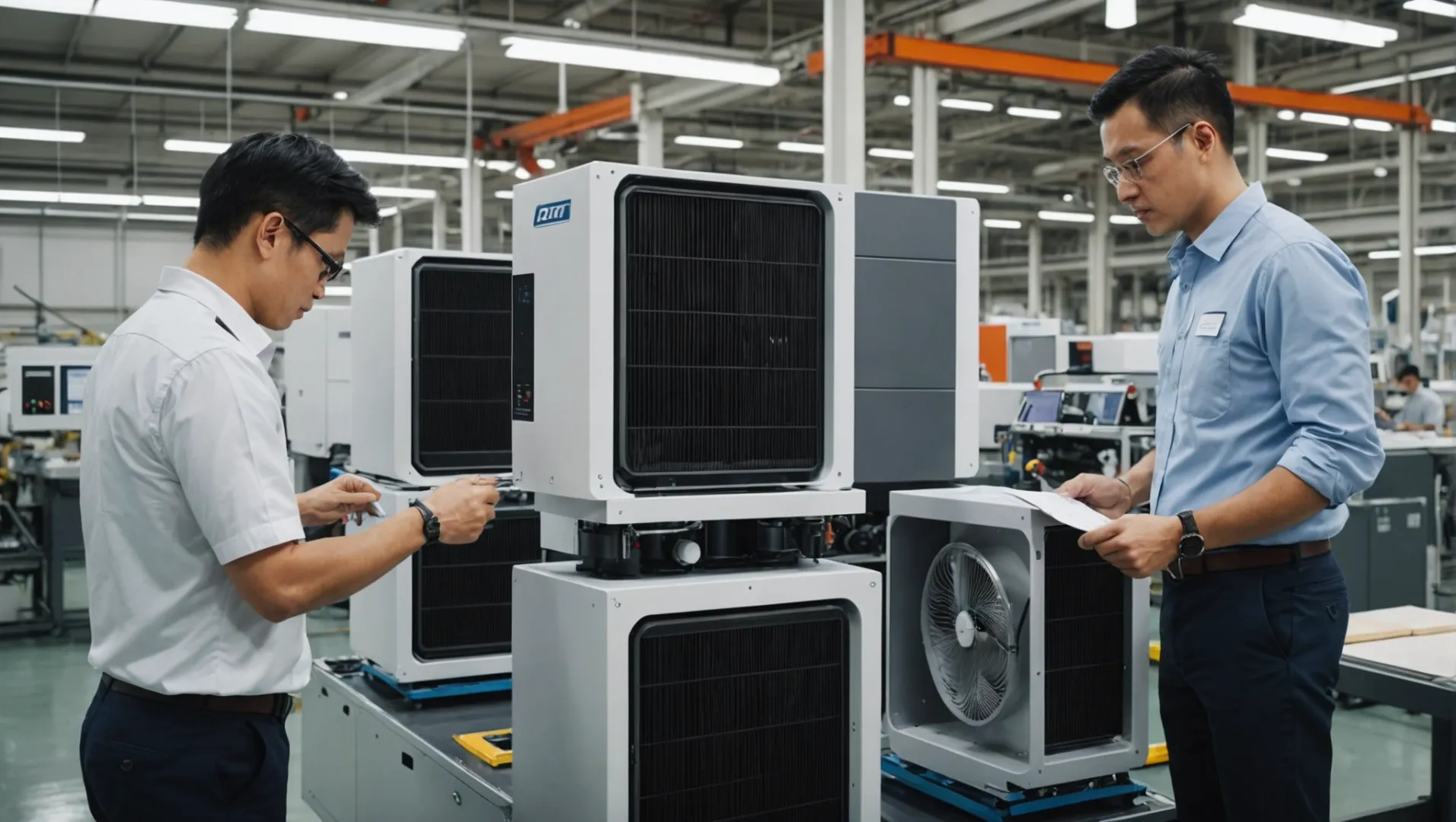
이해 OEM: 주문자 상표 부착 생산
그리고 OEM 프로세스1 는 특정 제품 디자인이 있지만 이를 직접 제조할 역량이나 리소스가 부족한 기업이 선호하는 경우가 많습니다. 이 접근 방식의 가장 큰 장점은 기업이 제품의 디자인과 사양을 완벽하게 제어할 수 있다는 것입니다.
- 디자인 제어: OEM 고객은 세부 사양을 제공하여 비전이 변경 없이 실현될 수 있도록 합니다.
- 사용자 지정: 고객의 요구 사항에 맞게 맞춤화된 제품으로, 고유한 제품 요구 사항이 있는 회사에 이상적입니다.
- 브랜드 포커스: 고객의 브랜드가 눈에 띄게 표시되므로 강력한 브랜드 아이덴티티를 가진 기업에게는 매우 중요합니다.
시나리오 예시: 한 회사가 독자적인 기술로 혁신적인 공기청정기를 설계하고 OEM 제조하여 품질과 브랜드 무결성을 보장합니다.
탐색하기 ODM: 독창적인 디자인 제조
반면에 ODM 프로세스2 는 특정 제품 디자인이 없고 제품 디자인 및 제조를 포함한 포괄적인 솔루션을 찾고 있는 비즈니스에 적합합니다.
- 디자인 전문성: ODM은 디자인 서비스를 제공하여 기존 디자인을 제공하거나 새로운 디자인을 공동으로 작업합니다.
- 출시 기간 단축: 디자인이 기성품인 경우가 많기 때문에 제품을 더 빨리 시장에 출시할 수 있습니다. OEM.
- 비용 효율성: 활용 ODM 는 디자인 비용이 여러 클라이언트에 분산되므로 비용 효율적일 수 있습니다.
시나리오 예시: 한 스타트업이 공기청정기 시장에 빠르게 진입하고 싶어서 ODM 브랜드 미학에 부합하는 검증된 디자인을 제공합니다.
주요 차이점 한눈에 보기
| 기능 | OEM | ODM |
|---|---|---|
| 디자인 제어 | 높음 | 중간에서 낮음 |
| 사용자 지정 수준 | 전체 | 제한적 |
| 시장 출시 기간 단축 | 변수 | 일반적으로 더 빠름 |
| 비용 | 더 높은 초기 투자 비용 | 일반적으로 낮음 |
다음 중 선택 OEM 그리고 ODM
다음 중에서 결정 OEM 그리고 ODM 는 비즈니스 목표, 예산, 필요한 사용자 지정 수준에 따라 다릅니다. 모든 세부 사항을 제어하는 것이 중요한 경우, OEM 가 더 나은 선택일 가능성이 높습니다. 그러나 출시 기간과 비용이 중요한 요소인 경우에는 그렇지 않을 수 있습니다, 고려할 때 ODM3 를 사용하는 것이 유리할 수 있습니다.
정기적인 커뮤니케이션과 프로젝트 관리는 두 프로세스 모두에서 매우 중요합니다. 주간 회의와 공장 견학을 통해 생산 진행 상황과 잠재적 문제에 대한 통찰력을 얻을 수 있습니다.
OEM은 제품 디자인을 완벽하게 제어할 수 있습니다.True
OEM을 통해 고객은 제품의 모든 세부 사항을 지정할 수 있습니다.
ODM은 일반적으로 OEM보다 시장 출시가 느립니다.False
ODM은 종종 기성품 디자인을 사용하여 시장 진입 속도를 높입니다.
공기청정기 제품 개발의 핵심 단계는 무엇인가요?
공기청정기 제품 개발에 착수하려면 관련 필수 단계를 명확히 이해해야 합니다.
공기청정기 제품 개발의 주요 단계에는 컨셉 디자인, 프로토타입 제작, 성능 테스트, 검증 및 생산 계획이 포함됩니다. 각 단계는 최종 제품이 품질 기준과 시장 요구를 충족하는 데 중요한 역할을 합니다.
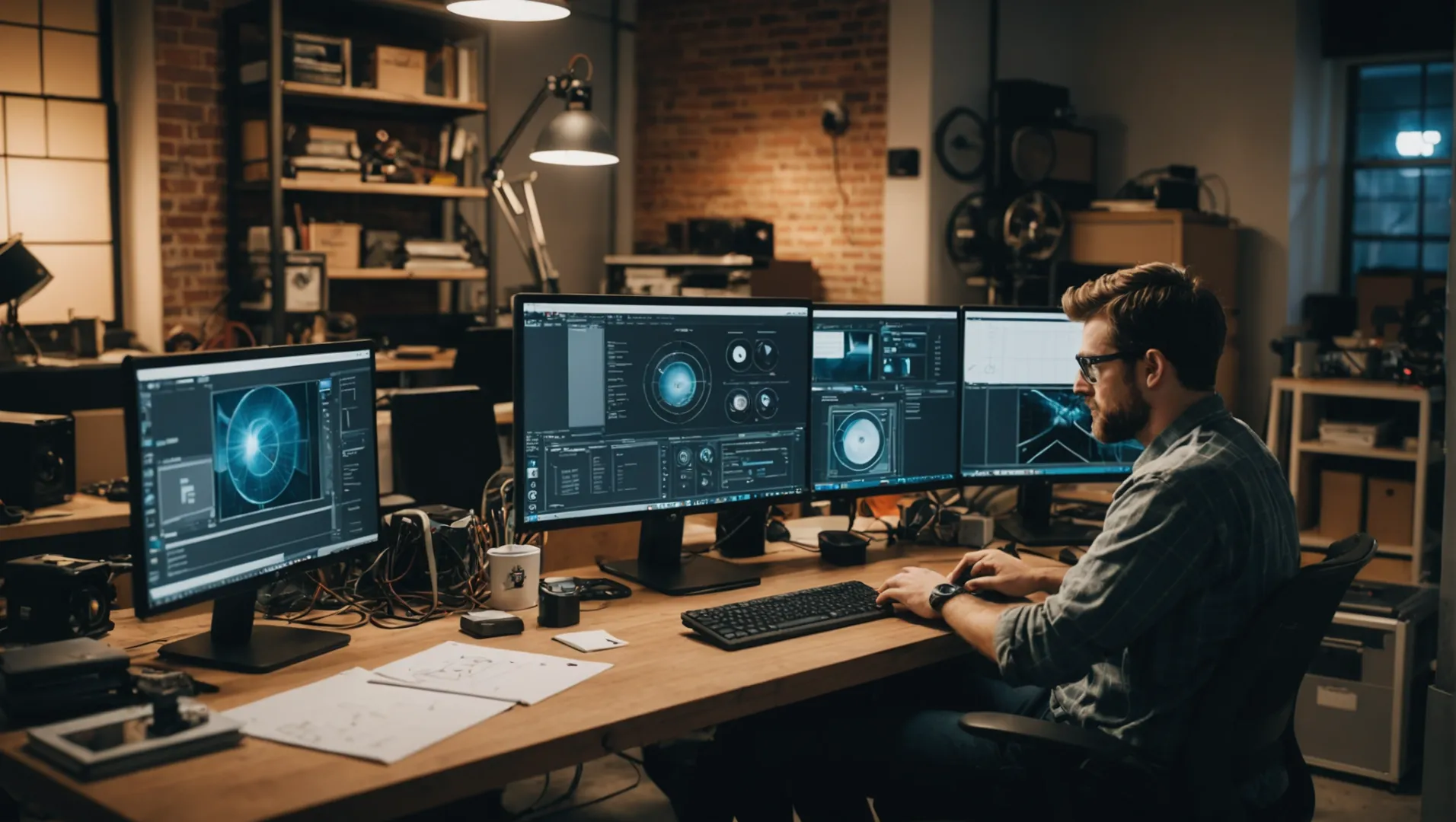
컨셉 디자인 및 아이디어
초기 단계에서는 브레인스토밍을 통해 공기청정기에 대한 개념적 틀을 개발합니다. 여기에는 대상 고객을 정의하고, 고유한 기능을 파악하고, 기술 사양의 개요를 작성하는 것이 포함됩니다. 숙련된 디자이너 및 엔지니어와의 협업은 아이디어 도출 과정을 크게 향상시켜 혁신적인 콘셉트가 실용적이고 실현 가능한지 확인할 수 있습니다.
프로토타이핑
확고한 콘셉트가 정립되면 다음 단계는 프로토타입을 만드는 것입니다. 개발자는 이 유형의 표현을 통해 디자인의 실용성과 기능을 평가할 수 있습니다. 프로토타입을 제작하는 동안 사용성, 심미성, 내구성 등 다양한 측면을 평가할 수 있도록 여러 부서의 팀을 참여시키는 것이 좋습니다. 이 단계에서 반복적인 테스트와 피드백을 통해 디자인을 개선한 후 다음 단계로 나아갈 수 있습니다.
성능 테스트
성능 테스트는 공기청정기가 규제 기준과 고객의 기대치를 충족하는지 검증하는 데 필수적입니다. 초기에 실험실 테스트를 수행하면 나중에 성능 장애로 이어질 수 있는 잠재적인 문제를 파악하는 데 도움이 됩니다. 포괄적인 테스트 프로토콜에 투자하면 비용이 많이 드는 재설계나 리콜을 방지하여 장기적으로 시간과 리소스를 절약할 수 있습니다.
규제 요건 이해4 는 업계 표준을 준수하기 위해 이 단계에서도 매우 중요합니다.
유효성 검사 및 반복
초기 테스트 후에는 설계를 미세 조정하기 위해 추가 검증이 필요합니다. 여기에는 사용자 피드백 수집, 환경 영향 평가, 에너지 효율성 평가 등이 포함됩니다. 이러한 반복적인 프로세스를 통해 확인된 모든 문제를 해결한 후 대량 생산에 들어갑니다.
생산 계획
마지막 단계는 제작을 위한 세부 계획입니다. 여기에는 일정 설정, 자료 확보, 진행 상황을 모니터링할 프로젝트 관리팀 구성이 포함됩니다. 이해관계자와의 정기적인 회의를 통해 조율을 유지하고 새로운 문제를 즉시 해결할 수 있습니다.
효율적인 생산 전략 탐색5 를 사용하면 제조 공정을 최적화하는 데 도움이 될 수 있습니다.
이러한 단계를 이해하면 기업은 전략적으로 개발 주기를 계획하여 제품 품질과 출시 시간을 모두 개선할 수 있습니다.
프로토타이핑은 공기청정기 개발의 첫 번째 단계입니다.False
제품 개발에서 콘셉트 디자인은 프로토타입 제작에 선행합니다.
성능 테스트를 통해 업계 표준 준수를 보장합니다.True
테스트를 통해 제품이 규제 및 고객의 기대치를 충족하는지 확인합니다.
공기청정기 제조 공정의 속도를 높이려면 어떻게 해야 할까요?
공기청정기 제조 속도를 높이려면 각 단계마다 전략적인 계획과 효율적인 실행이 필요합니다.
공기청정기 제조를 신속하게 진행하려면 숙련된 파트너를 선택하고, 커뮤니케이션을 간소화하고, 초기 단계의 엄격한 테스트와 효과적인 프로젝트 관리에 집중하세요.
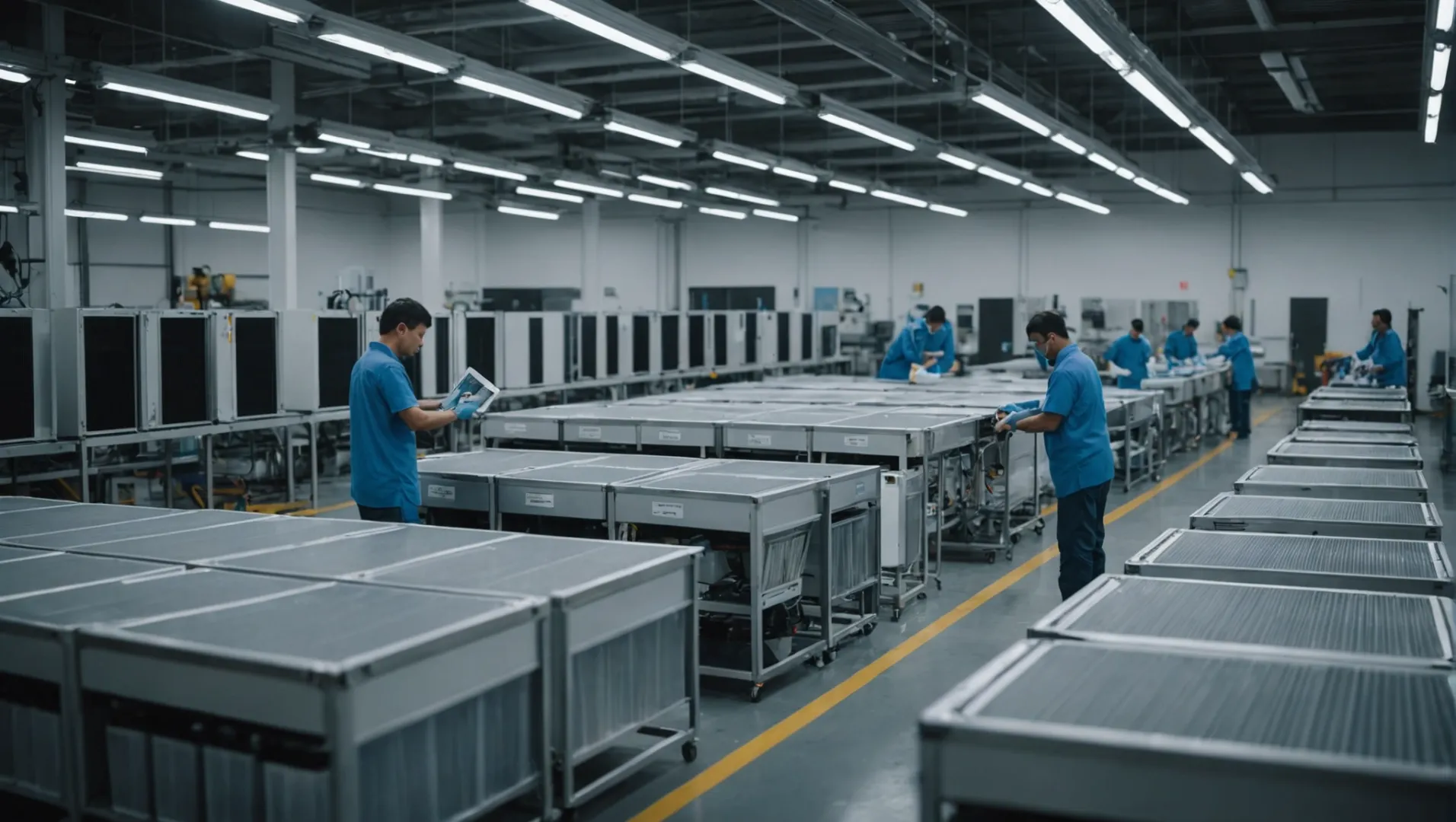
숙련된 제조업체와의 파트너십
다음 분야에서 풍부한 경험을 보유한 제조업체 선택 독창적인 디자인 제조6 (ODM) 또는 주문자 상표 부착 생산7 (OEM) 프로세스를 통해 시간을 크게 단축할 수 있습니다. 숙련된 파트너는 프로토콜을 확립하여 학습 곡선과 오류 가능성을 줄여줍니다.
커뮤니케이션 간소화
커뮤니케이션 비용이 걸림돌이 될 수 있습니다. 명확한 커뮤니케이션 채널과 일정을 정하세요. 주간 회의는 목표를 조정하고 진행 상황을 업데이트하는 데 매우 중요합니다. 프로젝트 관리 도구를 사용하여 정보 흐름을 원활하게 하고 모든 이해관계자가 같은 정보를 공유할 수 있도록 하세요.
엄격한 초기 단계 테스트 구현
실험실 테스트를 통해 조기에 성능을 검증하면 향후 지연을 방지할 수 있습니다. 설계 결함을 조기에 발견하면 생산 실행 중 장애를 방지하는 데 도움이 됩니다. 초기 단계부터 철저한 테스트에 투자하면 제품이 필요한 표준을 충족하는지 확인하여 시간과 리소스를 절약할 수 있습니다.
효과적인 프로젝트 관리
전담 프로젝트 관리팀은 매우 중요합니다. 이들은 일정을 모니터링하고 리소스를 관리하며 잠재적인 지연을 예측해야 합니다. 구현 프로젝트 관리 프레임워크8 는 제조 프로세스 전반에 걸쳐 효율성과 조정을 유지하는 데 도움이 됩니다.
정기적인 공장 견학 실시
정기적인 공장 견학을 통해 제조 공정이 설계 사양과 일치하는지 확인할 수 있습니다. 생산 현장에서 비효율적인 부분을 발견하고 실시간으로 조정할 수 있는 기회를 제공합니다.
| 스테이지 | 주요 조치 |
|---|---|
| 파트너 선택 | 숙련된 파트너 선택 |
| 커뮤니케이션 | 명확한 일정 및 도구 설정 |
| 테스트 | 엄격한 테스트를 통한 조기 검증 |
| 관리 | 프로젝트 관리 프레임워크 구현 |
| 공장 견학 | 효율성을 위해 정기적인 점검 수행 |
숙련된 제조업체는 생산 시간을 단축합니다.True
오류와 지연을 최소화하는 프로토콜을 수립했습니다.
주간 회의는 제조 프로세스의 속도를 늦춥니다.False
정기적인 회의를 통해 목표를 조정하고 진행 상황을 업데이트하여 효율성을 높입니다.
초기 개발 단계에서 성능 테스트가 중요한 이유는 무엇인가요?
성능 테스트가 초기 제품 개발의 성패를 가르는 요소가 되는 이유를 알아보세요.
개발 초기 성능 테스트는 잠재적인 문제를 식별하고 해결하여 제품의 안정성과 효율성을 보장합니다. 개발자는 테스트를 조기에 수행함으로써 대량 생산 전에 문제를 해결하여 시간과 리소스를 절약하고 궁극적으로 성공적인 시장 출시로 이어질 수 있습니다.
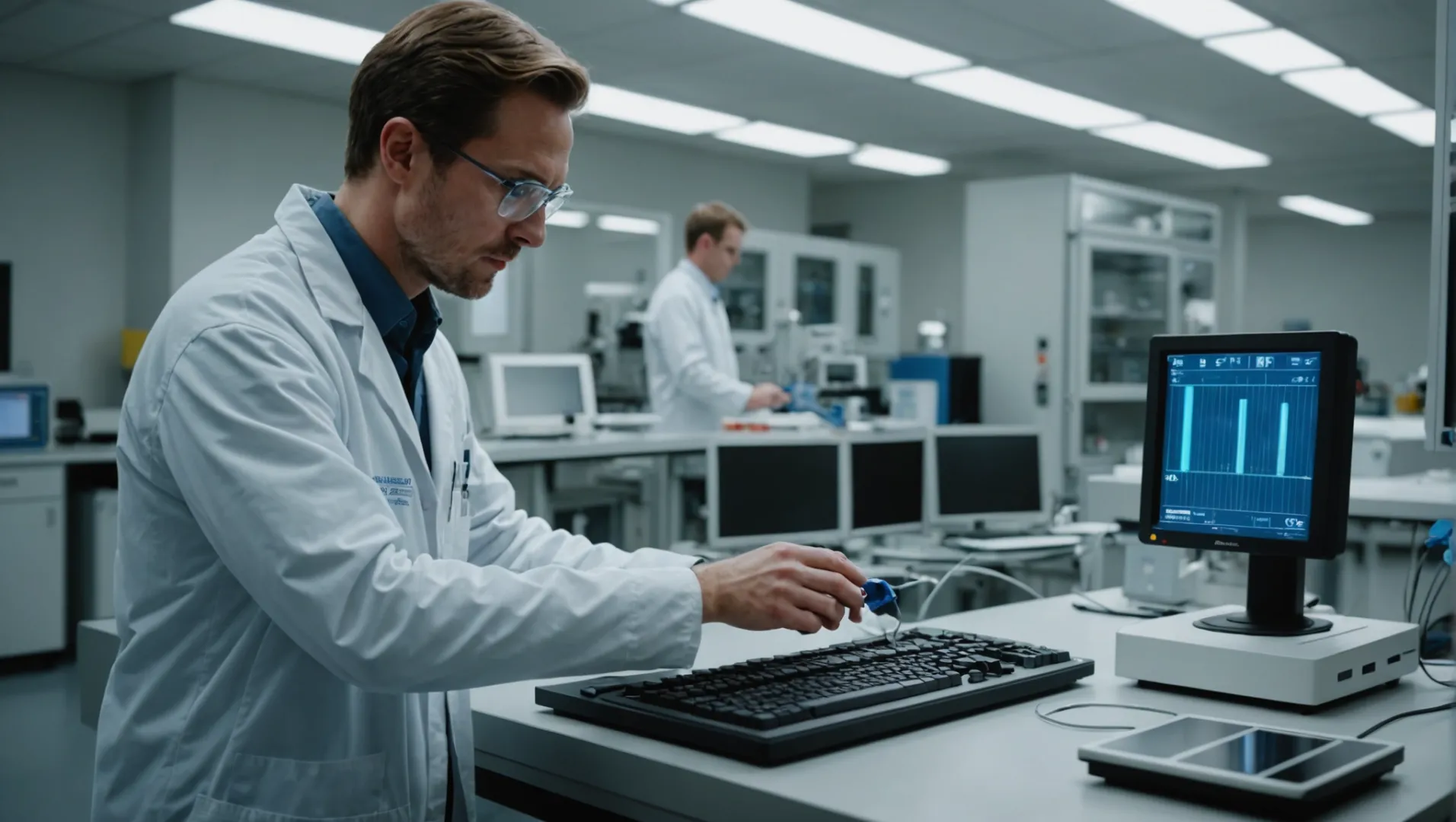
제품 성공에 있어 성능 테스트의 역할
특히 공기청정기의 경우 경쟁이 치열한 제품 개발 업계에서 제품이 예상 성능 표준을 충족하는지 확인하는 것은 타협할 수 없는 문제입니다. 성능 테스트는 제품이 예상 조건에서 고장 없이 작동하는지 검증하는 중요한 단계입니다. 이는 공기 오염 물질을 필터링하는 데 높은 효율을 유지해야 하는 공기청정기의 경우 특히 중요합니다.
비용이 많이 드는 장애 방지
개발 단계 초기에 잠재적인 문제를 파악하면 상당한 비용을 절감할 수 있습니다. 예를 들어, 성능 결함이 발견되는 경우 이후 단계9 생산 중 또는 시장 출시 후에 문제가 발생하면 비용이 많이 드는 리콜이나 평판 손상으로 이어질 수 있습니다. 조기 테스트를 통해 개발자는 생산 일정에 차질을 주지 않고도 디자인이나 소재를 조정하여 문제를 해결할 수 있습니다.
제품 신뢰성 향상
공기청정기의 원활한 작동을 기대하는 소비자들에게 신뢰성은 중요한 판매 포인트입니다. 성능 테스트는 제품이 시간이 지남에 따라 다양한 작동 조건을 견딜 수 있는지 확인하는 데 도움이 됩니다. 여기에는 실제 사용 시나리오를 시뮬레이션하는 광범위한 테스트를 실행하여 내구성과 효율성을 확인하는 작업이 포함됩니다.
간소화 ODM 프로세스
다음 분야에 종사하는 분들을 위해 OEM/ODM 프로세스에서 성능 테스트는 파트너와의 효과적인 커뮤니케이션을 유지하는 데 필수적인 요소입니다. 성능 테스트는 명확한 데이터와 인사이트를 제공하여 기대치를 조정하고 모든 당사자가 공동의 목표를 향해 노력하고 있는지 확인하는 데 도움이 됩니다. 테스트 결과를 조기에 공유함으로써 이해관계자들은 필요한 조정을 위해 보다 효과적으로 협업할 수 있습니다.
초기 성능 테스트를 위한 모범 사례
- 명확한 목표를 설정합니다: 제품에 가장 중요한 성능의 특정 측면이 무엇인지 결정합니다.
- 고품질 장비에 투자하세요: 고급 테스트 도구를 활용하여 정확한 데이터를 확보하세요.
- 전문가 참여하기: 숙련된 엔지니어 및 기술자와 협업하여 철저한 평가를 수행합니다.
- 정기적인 검토를 수행합니다: 개발 단계 전반에 걸쳐 정기적인 평가를 예약하여 진행 상황을 추적하고 적시에 수정하세요.
이러한 관행을 개발 전략에 통합하면 성공적인 출시 가능성을 높일 뿐만 아니라 신뢰할 수 있고 효율적인 공기 정화 솔루션에 의존하는 소비자와의 신뢰도 구축할 수 있습니다.
초기 성능 테스트는 생산 비용을 절감합니다.True
문제를 조기에 파악하면 비용이 많이 드는 리콜과 재설계를 방지할 수 있습니다.
공기청정기의 경우 성능 테스트가 필요하지 않습니다.False
테스트를 통해 공기청정기의 효율성과 신뢰성을 보장합니다.
결론
신중한 계획과 전략적 파트너십은 성공적인 공기청정기 생산의 핵심입니다. 전문가의 인사이트를 활용하여 효율성과 혁신을 강화하세요. 지금 바로 시작하여 경쟁력을 유지하세요.
-
OEM이 제품 설계 제어를 보장하는 방법에 대해 알아보세요: OEM(주문자 상표 부착 생산)은 다른 회사의 제품에 부품을 제공하고 완제품 판매자와 긴밀하게 협력합니다. ↩
-
ODM이 설계 및 제조 솔루션을 제공하는 방법을 살펴보세요: 그런 다음 ODM 파트너는 고객의 모든 필수 요구 사항과 선호도를 고려하여 제품을 설계하고 개발합니다. ↩
-
OEM 또는 ODM을 선택할 때 고려해야 할 요소 알아보기: OEM은 주문자 상표 부착 생산(OEM)의 약자이고 ODM은 주문자 설계 생산(ODM)의 약자입니다. 이 두 용어의 의미는 다음과 같습니다. ↩
-
제품이 업계 규정을 충족하는지 확인하기 위한 규정 준수 표준을 이해합니다: 2010년 10월 18일 이후 캘리포니아에서 판매되거나 판매된 모든 공기 청정기 모델은 규정에서 요구하는 대로 테스트 및 인증을 받아야 했습니다. 여기에는 공기가 포함되었습니다 ... ↩
-
제조 공정을 최적화하여 효율성을 높이는 방법을 알아보세요: 제조 공장의 효율성을 높이려면 워크플로우 간소화, 첨단 기술 활용, 낭비 감소에 집중해야 합니다. ↩
-
올바른 제조업체 유형을 선택하는 것이 중요한 이유를 알아보세요: OEM은 주문자 상표 부착 생산의 약자이고 ODM은 제조자 설계 생산의 약자입니다. 이 두 용어의 의미는 다음과 같습니다. ↩
-
OEM 프로세스가 생산 속도에 어떤 영향을 미칠 수 있는지 이해합니다: OEM과 계약 제조업체(CM)는 경쟁력 있는 제품을 설계하고 제조하기 위해 8가지 단계를 따라야 합니다. ↩
-
제조 분야의 프로젝트 관리를 간소화하는 도구를 알아보세요: 최고의 제조 프로젝트 관리 소프트웨어 후보 10선 - 1. MRPeasy - 소규모 제조업체의 MRP 요구에 가장 적합'- 2. Zoho 프로젝트 - 최고 ... ↩
-
조기 테스트가 어떻게 위험을 최소화하고 제품 신뢰성을 향상시키는지 알아보세요: 시스템의 동작을 더 잘 이해하고 문제점을 더 빨리 파악하면 정확한 예측을 더 빨리 제공할 수 있습니다.... ↩


